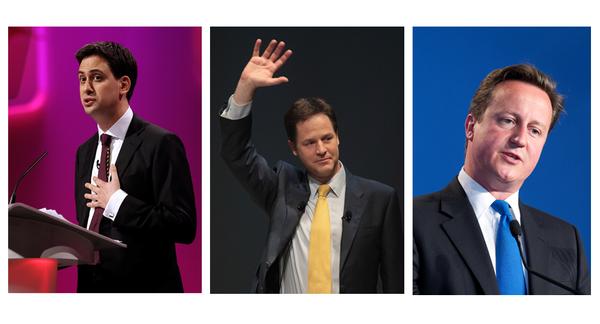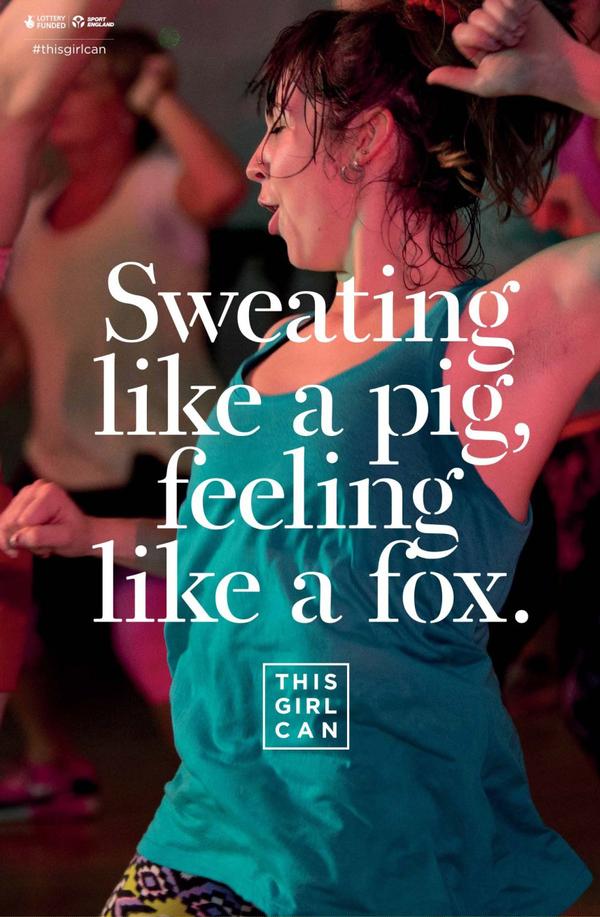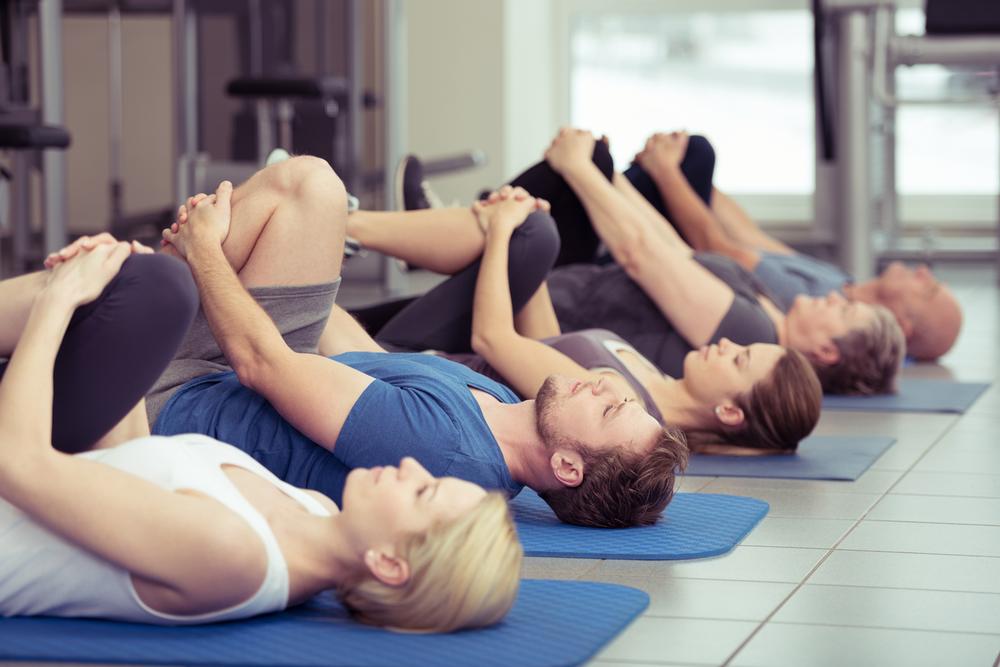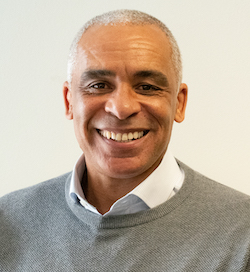Who knows? By some freak of political nature, you may be reading this in April with some form of clarity as to where the 2015 General Election is heading. From my vantage point writing this in early March, all that can be foretold about the outcome is that it’s going to be the closest General Election for almost 100 years, with the make-up of the next government impossible to predict.
Too close to call
There are a number of factors that make it so hard to call. Despite genuine concern about the cost of living and the impact of the current government’s ongoing austerity measures, Ed Miliband’s Labour Party has yet to cut through with its own distinct narrative that engages a big enough proportion of the population to see them comfortably victorious.
It was once said that the current Labour Party is run by individuals who felt three-time election winner Tony Blair was the problem and Gordon Brown was the answer; the charge is that Miliband has abandoned the centre ground for a ‘core vote’ strategy that simply cannot deliver enough votes to win outright.
Secondly, while unpopular with many, the current government is credited with charting a path out of recession and both a spike in growth and a decline in joblessness. The build-up to the election will see a concerted attempt by the Conservatives to terrify an electorate already nervous about a return of the supposed profligacy of days past with these facts.
Thirdly, it’s impossible to predict the likely staying power in the level of support attracted to the UKIP bandwagon. Typically the cold light of Election Day sways voters away from their previously declared voting intentions towards safer and more reasonable choices; given that polling shows UKIP is drawing support not only from ex-Conservatives but also dissatisfied and disaffected Labour voters, both parties will be hoping this will be the case.
However, two by-election victories in a row show that the support has started to firm up. It’s not just about the seats UKIP wins, but also the UKIP votes cast in seats it loses, thereby depriving other parties of victory – a concern most pronounced for the Conservative Party.
Minorities wielding power
Then there’s the dynamic created following the Scottish independence referendum. In Scotland, Labour faces the prospect of annihilation at the hands of the SNP, who aim to storm Westminster with the intent of repatriating as many powers and pound coins north as the border as possible.
The SNP will be impossible to ignore come negotiations for the formation of a coalition. The party willing to pay the most may be the party able to govern for the next five years. Beyond Scotland, the seats held by minor parties such as the DUP, SDLP, Plaid Cymru and the Greens could all come into the equation.
Finally, while devastation is on the cards for the Liberal Democrats, the rump that is left behind will still play a significant part in settling the outcome of the election. While there’s a risk that key figures like Nick Clegg and Vince Cable may not even retain their seats, let alone Cabinet positions in a new coalition, the reality is the Lib Dems could well be in a kingmaker position once again.
Impact on our sector
So what does this mean for the physical activity sector? My view is that we have to rely on the underlying strength of our arguments, the momentum we’ve generated over the past few years and the developing evidence base we have at our fingertips to face up to whatever party wins the day at the General Election and wins the right to govern as the dominant party in a coalition that’s likely to be of many parts.
We could spend our time analysing the discrepancies in the positions of the political parties: exploring why it is that the Conservative Party still seems wedded to an impression of activity formed on the sporting playing fields of the nation’s gilded private schools, for example, or whether Labour will be tempted back into major national level investments to follow the scale of Free Swimming.
We could discuss the inevitability that both parties would officially divert investments made by Sport England away from a NGB-focused strategy of payment by results and towards a more diverse investment portfolio – one that might involve working directly with local authorities or third sector bodies like the National Trust, or potentially doing things on its own as it has already begun to do with the likes of its ‘This Girl Can’ campaign.
But doing so would be futile because the underpinning trends at play – austerity, the localism agenda, the public profile of activity and the need to save the NHS from bankruptcy – make such matters akin to rearranging deck chairs on the Titanic. The big issues to address remain the big issues.
So what are they? Top of my list remains the establishment of physical activity as an out-and-out top tier public health priority, once and for all. For all the supportive comments of the current government, activity was not one of the seven published priorities of Public Health England. We have to secure the establishment of a proper national strategy, bringing together the resources and ambitions of all departments with an interest in this agenda with the leadership and resources they need to make real change happen.
For all the promise of Lord Coe’s work to bring together departments across Whitehall for the Move More, Live Longer publication and PHE’s Everybody Active, Every Day, physical activity remains Whitehall’s “starving orphan child” as Shadow Health Secretary Andy Burnham once termed it. This must be addressed by getting a proper strategy in place, backed by resources.
Secondly, we must see the continuation of local level leadership embracing this agenda. Local authorities are stepping up to the plate, with 70 per cent increasing their physical activity budgets as a proportion of public health spending – yet this remains at 4 per cent of their public health grant and a poor relation to other public health issues.
I expect to see some exciting locally-driven initiatives as more power is devolved locally. We have already seen £6bn of health spending devolved to a single Manchester authority, bringing together public health with healthcare and adult social care. Could we not see Sport England’s participation budget – previously allocated to a wide ranging number of NGBs – devolved in the same way to core cities and aligned to match-funded investment from public health teams?
Finally, and perhaps most importantly, as this agenda rises up the pecking order we need to have our own house in order with an ever-improving evidence base that shows we can deliver the outcomes we claim.
The country needs us
Why am I so sure that the colour of the next UK government is irrelevant in the grand scheme of things?
There are some certainties. Whichever the government, austerity measures will continue, bringing great strain on local resources – yet we’ve never had a better moment to promote physical activity. We have the most permissive media, public and civil environment we could wish for.
Crucially, we have a need to succeed that binds us to one of the greatest policy challenges of our times: saving the NHS as a service that’s free at the point of need.
Simon Stevens, CEO of the NHS, has stated that the NHS is unviable unless we contain demand through prevention of ill health. The evidence base is growing increasingly clear that physical activity has a major part to play in that. Our country needs our sector. Let’s not let it down.


























































